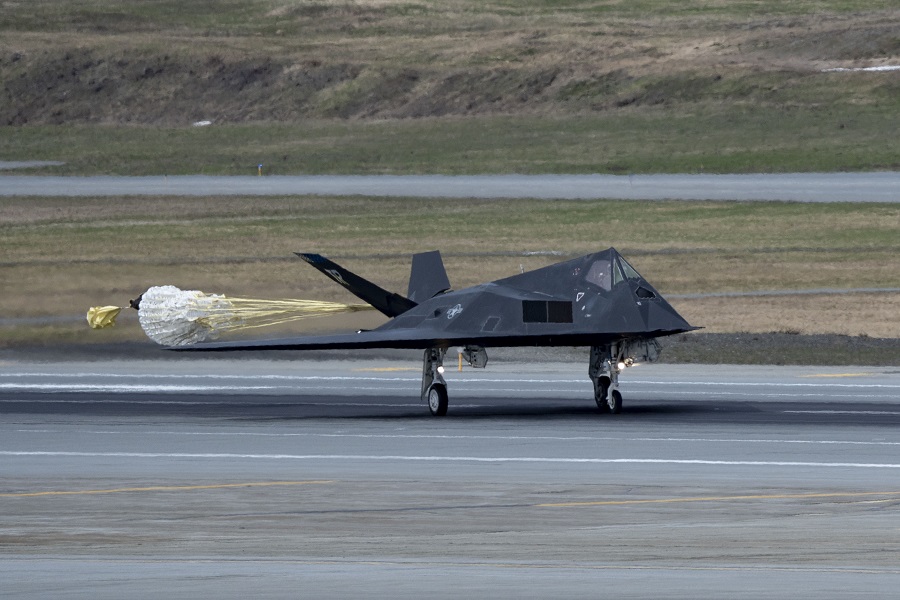Alaska plays an instrumental role in the United States military strategy; Gen. Billy Mitchell famously told Congress in 1935 he believed Alaska to be “the most important strategic place in the world.” Northern Edge’s iteration this year – known as 23-1- was conducted across the Joint Pacific-Alaska Range Complex (JPARC) and the Gulf of Alaska, with the primary operating bases being Joint Base Elmendorf-Richardson and Eielson Air Force Base.
Ensuring the military uses this strategic placement to its fullest advantage, thousands of U.S. service members, five ships and more than 150 aircraft participated in Northern Edge 23-1 May 4 through May 19. This joint and combined training exercise, sponsored by the U.S. Indo-Pacific Command and led by Headquarters Pacific Air Forces, integrates land, air, sea, space and cyberspace domains for joint, interagency and multinational training.
“The Gulf of Alaska and the wide-area ground and air space Alaska offers provides the Joint Forces the capability to engage and train our military for any situation. Not only that, but it allows U.S. citizens, who may not typically see Navy ships or Air Force aircraft, to see our military in action and how we train to protect them. Our objectives were to deliver a realistic training environment to the warfighter and sharpen our interoperability with our joint counterparts and allies, and I can confidently say we hit those objectives. I’m extremely proud of the team who came together to successfully plan and execute this exercise,” said Capt. Steven Foley, Commanding Officer, USS Lake Champlain (CG-57).

“I am incredibly grateful to the state of Alaska and its support of the military. The Alaska ranges are National treasures because they deliver multiple venues to perform joint, large force employment training. The Joint Pacific Alaska Range Complex, the Gulf of Alaska, and JBER’s strategic location all culminate in the perfect proving grounds to develop tactics, sharpen our readiness, and ensure we are ready to fight. Our most senior leaders have made it clear that to effectively deter our strategic competitors, relationships with our allies and partners will play a central role. Our combined presence is vital to maintaining peace, stability and a free and open region,” said U.S. Air Force Brig. Gen. David Piffarerio, NE 23-1 exercise director.
The strength of the JPARC is due to its expansive co-located air, maritime and land ranges, as well as a significant potential for co-located air and sea ranges. Traditionally a U.S. only event, NE 23-1 incorporated Allies for the first time to conduct high-end training and experimentation to reassure Allies and Partners that the U.S. is committed to maintaining regional stability. Alaska serves as a gateway to the Pacific region. Its location positions it as a forward operating location for rapid response and power projection in the Indo-Pacific theater. Northern Edge 23-1 strengthens the readiness and operational capabilities of joint forces, enabling them to effectively operate and respond to contingencies in the Pacific or anywhere in the world.
















